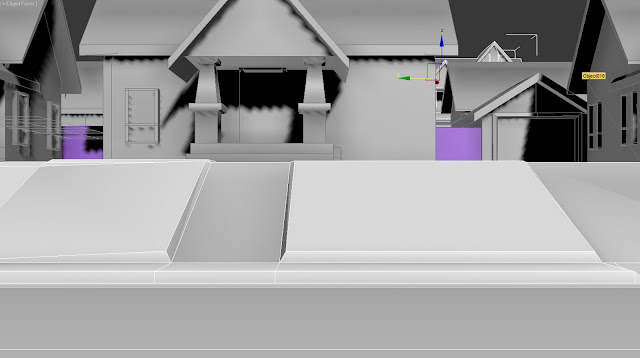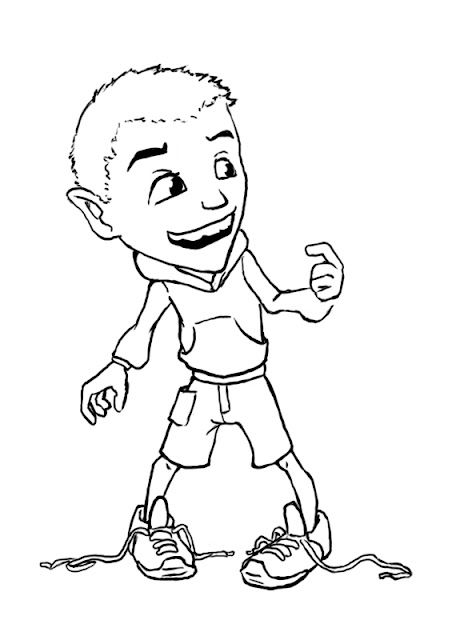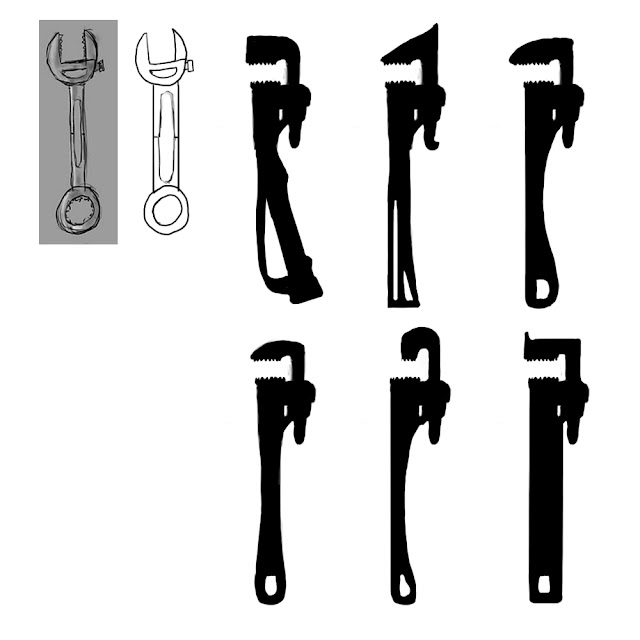This Friday I was able to volunteer for the Washington Interactive Network's Power of Play 2012 conference, which was a fantastic experience, getting to hear from VPs and GMs of the region's largest game companies talking about the direction the games industry is heading and all of the incredible support networks available. I can't wait for their next Startup Workshop.
The game has been progressing incredibly fast - we have prototypes working for the tutorial section, the first puzzle and the boss fight, which is very encouraging. We're going to be testing these sections as much as possible this week while we polish the gameplay and get the other two or three puzzles in place, polishing the art and look of the world as we go.
Bobby Simpson, one of our newest members, has been hard at work rewriting the character controller code, to great effect. Already we have a lot more control over the way the player moves through the world and a much better understanding of the underlying code for it. It is great to have some support for Ryan, who has been working so hard on getting everything coded for our designers to get gameplay in place.
We've got the first draft of our dialog script in place now and are revising it as I write this, giving Laura Franke, our Cinematics Artist, something to work from. She's already been hard at work sketching characters and thumbnailing panel ideas, getting a good understanding of the style of our game. She's picking it up very quickly, which is encouraging. We're all excited to see it in play.
I worked with the game project file this weekend and played with the fog color and set up some particle systems, tinting the smog more brownish and away from the blue. It is already making a big difference. I also modelled up a big trash pile and set it up in the background along with a number of other props. This, combined with a world-sized cloud and dust particle system I built, adds a lot of depth and animation to the game world, giving it a sense of life and place. We'll be revisiting this stuff a lot to get it polished, but the few hours I was able to put in today already show a lot of promise. The plumes of distant smoke were made before the other changes and are looking too blue at the moment, but that's an easy fix.
I also went back and retextured the trunk of the tree to match the style of our game. It looks a lot better already.
Steffani Charano, our new Environment Artist, has been polishing the look of the dumpster and the minicar.
He also made some great UI elements that we're incorporating for testing today. We'll have fully animated UI elements in by the end of the week.
Zach Hartlage, our character artist, has shifted to working on more concept art for props and environment assets. He created an absolutely fantastic concept sheet for the work bench that Jenny uses that will also serve as the background for our Main Menu.
I spent time working on the tiling trash bag system earlier this week, as well as the textures for the individual garbage bags. They're not quite done yet, but they're getting a lot closer.
Alexi Gil, our Lead Environment Artist, made some wonderful crates and barrels, mainstays of any self-respecting video game. I used his texture sheet to model up a few pieces of debris from the crates that will be used when the boxes break.
Alexi also modelled up some terrific fast food trash to scatter throughout the world. He's incredibly fast at this stuff, it's been great watching his process evolve this year.
We spent a lot of time working on optimization this week, as well. We got the light baking system in Unity working correctly and were able to create shadow maps for hundreds of objects in our scenes. This was a tremendous boost in terms of performance, and on our test machines we're able to run reliably at around 120fps. We are experimenting with replacing the transparency grasses with polygonal geometry, as a lot of our render time is spent on transparency and alpha sorting, and should have some solid results soon.
It is encouraging seeing the results from our optimization be so promising. It is freeing us up to really focus on density of objects in our world and create the over-the-top feeling of an abandoned, neglected world.
Alexi did some more work revisiting older assets, as well, finishing the dirty texture pass for the schoolbus. He's unwrapped the rocket model and will start texturing it soon.
Beau Bateman, our Lead Artist, is out of town for the weekend, but has been hard at work writing the script for the dialog and opening sequences in our game, as well as giving needed feedback on the status of all of our work, keeping everything in the style of our game world.
Finally, tomorrow we're meeting with Prof. Stephen Saulls, who will be creating the audio assets for our game. We're all very excited to meet with him and get this process moving forward. We've provided him with an exhaustive list of assets, and we'll be discussing priority and style questions tomorrow when we meet with our other advisors. This will give us the last critical element we need to bring our game world to life.
We've got a lot left to do, and deadlines are looming, but our team has been incredibly hard working and efficient, and they are all working together extremely well. Everyone on the team knows who to go to with questions and we all lean on each other to provide our specific sorts of expertise. I am so happy to be working with such great individuals on this project.









































